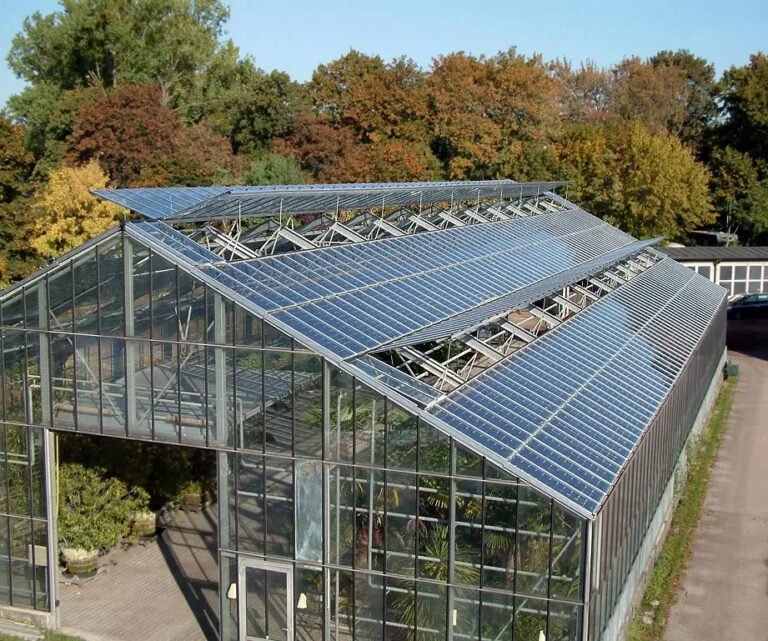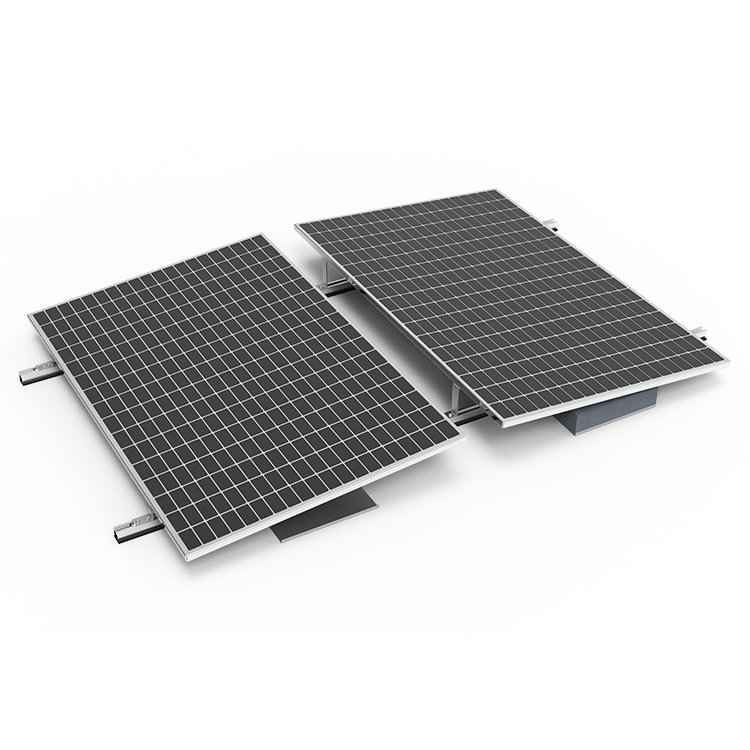-
2103 Room NO.322 Xinggang One Road,Haicang District,Xiamen Fujian,Kina

N-Type Aluminum Solar Mounting Structures: Complete Guide & Comparison with A-Type and W-Type Systems
When it comes to building a reliable, long-lasting solar project, the choice of monteringsstruktur is just as critical as selecting the panels themselves.
Among the different configurations available, N-Type aluminum structures are gaining attention for good reason — blending durability, adaptability, and cost efficiency.
Drawing from real-world project experience, this guide walks you through the features of N-Type systems, how they compare to A-Type och W-Type frames, and why many EPCs and developers are now switching to N-Type solutions.
Table of Contents
Understanding the N-Type Solar Mounting Structure
Den N-Type system gets its name from its cross-sectional profile — resembling the letter “N” when viewed from the side.
This smart geometry isn’t just for looks: it is engineered to spread loads evenly and stabilize the system against environmental stresses.
Why real-world projects favor N-Type designs:
- Optimized for distributed loads like strong winds and heavy snow.
- Tilt flexibility allows adaptation from high-latitude to equatorial sites.
- Ease of on-site handling through modular prefabrication.
- Compatible with diverse foundations such as concrete blocks, spiral piles, or rammed posts.
On one utility-scale project in northern Japan, we found that N-Type structures outperformed A-Type designs under 2.5kN/m² snow load without needing costly reinforcements.

Why Aluminum Matters in Solar Racking
Choosing aluminiumlegering — especially 6005-T5 anodized profiles — over steel offers several tangible advantages, both at installation and during decades of operation:
- Lightweight Advantage: Reduced machinery use during lifting and positioning.
- Motståndskraft mot korrosion: Aluminum naturally resists rust, critical for coastal and desert projects.
- High Strength-to-Weight Ratio: With proper section design, aluminum profiles match or exceed the performance of galvanized steel.
- Sustainability: 100% recyclable with minimal energy input.
From Australian desert arrays to Southeast Asian tropical farms, aluminum-based N-Type racks have proven consistently resilient under harsh conditions.
N-Type vs. A-Type vs. W-Type: Field-Based Comparison
Solar engineers often ask:
“How does N-Type compare to the classic A-Type triangle or the heavy-duty W-Type frames?”
Here’s a quick comparison drawn from field deployments:
| Funktion | N-Type Structure | A-Type Structure | W-Type Structure |
|---|---|---|---|
| Shape | Dual-inclined “N” shape | Simple “A” shape | Wave-like “W” shape |
| Load Handling | Excellent for balanced multi-directional loads | Good for basic vertical loads | Superior for extreme loads |
| Installation Time | Moderate (modular assembly) | Fast (simplified geometry) | Slower (more complex frame joining) |
| Material Usage | Efficient | Minimal | Heavy (more steel or aluminum needed) |
| Application | Utility-scale, agri-PV, hybrid farms | Rooftop, small ground mounts | Heavy snow, hurricane-prone areas |
| Cost | Mid-range (cost-performance optimized) | Low (economical) | High (premium strength) |
Practical Tip:
If your project is in an area with mild wind and snow loads, A-Type can be sufficient.
For projects expecting typhoons, heavy snow, or desert storms, N-Type or W-Type should be your baseline design.

Core Advantages of N-Type Aluminum Mounting Systems
Field reports consistently highlight several standout benefits:
- Exceptional resilience in fluctuating temperature zones.
- Configurable tilt angles from 5° to 40°, supporting both monofacial and bifacial modules.
- Fast and safe installation, even with local, non-specialized crews.
- Low lifetime maintenance, thanks to corrosion-free anodized finishes.
- Visual harmony with agricultural lands and eco-parks.
Installation and Maintenance: Insights from the Field
Over the years, we’ve learned that small details make a big difference in real-world installs:
- Site Preparation: Laser-leveling the array field reduces stress on joints by up to 20% over 10 years.
- Correct Fastening Torque: Over-tightening is just as bad as under-tightening. Always use a calibrated torque wrench.
- Annual Checks: A quick 30-minute inspection per array each year can avoid major maintenance costs later.
Investing a little more time upfront saves thousands in maintenance later.
FirstSolar’s N-Type Solutions: Trusted Globally
At FirstSolar, our N-Type structures are built based on continuous feedback from EPCs, installers, and O&M teams:
- Wind rating up to 60m/s och snow load up to 3.0kN/m².
- Precision-engineered aluminum extrusions with ≥12μm anodizing.
- 316 stainless steel bolts optional for marine environments.
- Full structural certifications meeting JIS, Eurocode, and ASCE standards.
Discover more about our N-Type Solar Mounting Solutions.
Final Thoughts: Choosing for the Long Run
At the end of the day, choosing between N-Type, A-Type, or W-Type isn’t just about price or catalog specs —
it’s about building a system that will withstand real-world conditions for 25+ years with minimal intervention.
If you’re designing a system where strength, flexibility, and long-term ROI matter,
N-Type aluminum structures are the design you’ll be glad you chose —
as many successful developers and EPCs around the world already know.








